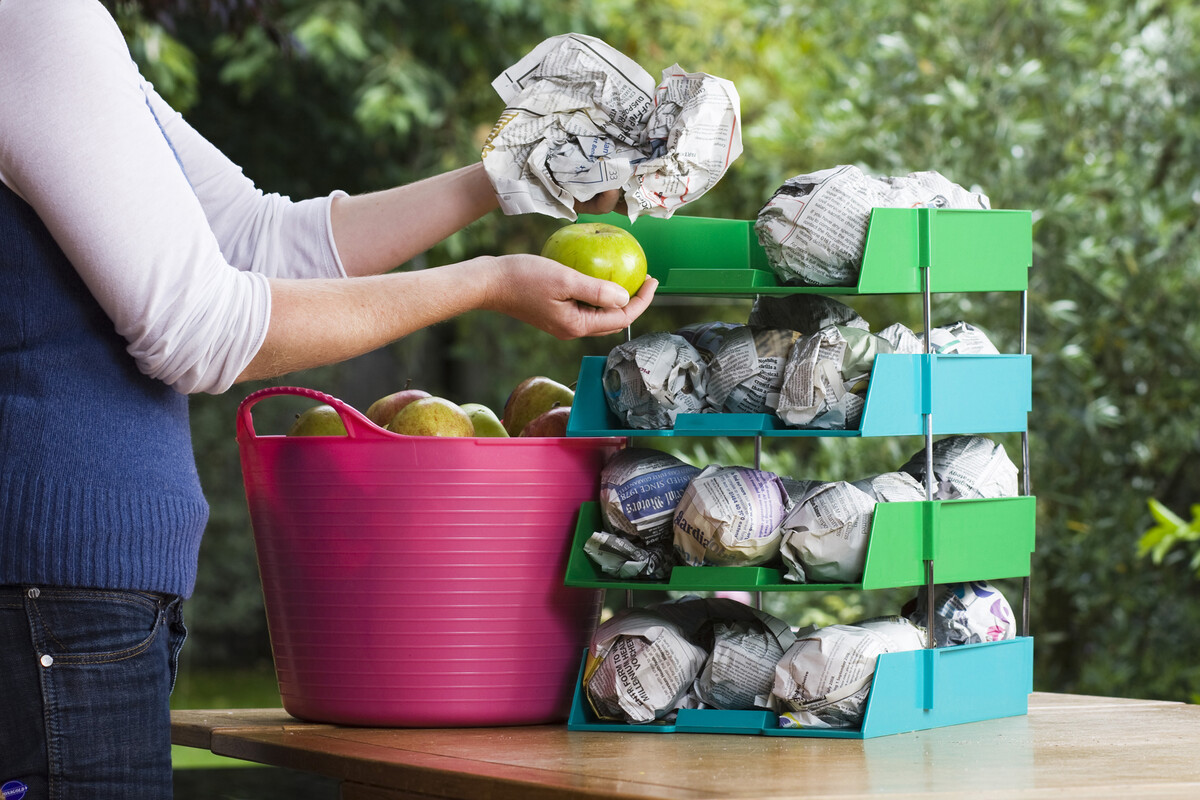

Articles
How To Store Green Apples
Modified: December 7, 2023
Learn the best techniques for storing green apples to keep them fresh and crisp. Discover expert articles on how to store green apples to ensure their longevity and flavor.
(Many of the links in this article redirect to a specific reviewed product. Your purchase of these products through affiliate links helps to generate commission for Storables.com, at no extra cost. Learn more)
Introduction
Green apples are a popular fruit known for their crisp texture and tangy flavor. Whether you’ve just purchased a batch of fresh green apples from the farmers’ market or have an abundant harvest from your own fruit trees, knowing how to store them properly is essential to maintain their quality and extend their shelf life.
In this article, we will delve into the best practices for storing green apples to ensure they stay fresh and delicious for as long as possible. We’ll discuss how to choose the right green apples, the different methods of storage, and offer valuable tips to help you make the most of your apple supply.
So let’s dive in and unlock the secrets of storing green apples to preserve their taste and texture for all your snacking, baking, and cooking needs!
Key Takeaways:
- Choose firm, vibrant green apples without blemishes for optimal storage. Wash, dry, and inspect them before refrigerating or storing at room temperature. Regularly monitor and maintain their condition to enjoy them for longer.
- Experiment with alternative storage methods like root cellar storage, freezing, canning, or drying to extend the shelf life of green apples. Follow proper procedures and tips to preserve their quality and enjoy them year-round.
Read more: How To Store Apple
Choosing the Right Green Apples
When it comes to storing green apples, selecting the right ones is the crucial first step. Here are some tips to help you choose the best green apples for storage:
- Look for firmness: Opt for green apples that feel firm and have no signs of soft spots or bruising. Apples that are too soft may not keep well and can quickly spoil.
- Check the color: Green apples can come in various shades, ranging from pale green to bright lime. Choose apples with a uniform and vibrant color, indicating freshness and optimal ripeness.
- Consider the variety: Different green apple varieties have varying levels of tartness and sweetness. If you prefer a more tart flavor, go for Granny Smith apples. If you prefer a milder taste, look for varieties like Golden Delicious or Fuji.
- Avoid blemishes: Inspect the apples carefully and avoid those with cuts, punctures, or any signs of decay. Blemishes can accelerate the spoilage process and affect the quality of the stored apples.
- Choose organic: If possible, opt for organic green apples that are grown without the use of synthetic pesticides. Organic apples tend to have a higher nutritional content and may have a longer shelf life.
By selecting high-quality green apples, you set the foundation for successful storage and enjoyable consumption later on.
Preparing Green Apples for Storage
Before storing green apples, it’s important to properly prepare them to ensure optimal freshness and longevity. Here are some steps to follow:
- Wash the apples: Start by giving the green apples a gentle rinse under cool running water. This will remove any dirt or residue on the surface of the apples.
- Dry thoroughly: Once washed, pat the apples dry with a clean kitchen towel or paper towel. Moisture can contribute to the growth of mold, so it’s essential to ensure the apples are completely dry.
- Inspect for damage: Take a moment to inspect each apple for any signs of bruising, cuts, or decay. Remove any damaged apples from the batch as they can cause the other apples to spoil more quickly.
- Remove stickers and labels: If the apples have any stickers or labels on them, make sure to remove them. Leaving them on can trap moisture and affect the fruit’s quality.
By taking these simple steps to prepare the green apples, you’ll create a clean and conducive environment for proper storage.
Storing Green Apples in the Refrigerator
The refrigerator is one of the best places to store green apples, as it helps slow down the ripening process and keeps them fresh for longer. Here’s how to store green apples in the refrigerator:
- Choose the right storage container: Opt for a perforated plastic bag or airtight container to store the green apples. These containers will help maintain the apples’ moisture levels while allowing for proper airflow.
- Place the apples in the crisper drawer: The crisper drawer in your refrigerator is designed to help regulate humidity levels, making it an ideal spot for storing green apples. Arrange the apples in a single layer, and make sure they are not overcrowded.
- Keep the temperature consistent: Set the refrigerator temperature between 32°F and 40°F (0°C and 4°C) to maintain the freshness of the apples. Avoid placing the apples near the back of the refrigerator, as it tends to be colder in that area.
- Check and remove spoiled apples: Regularly inspect the stored apples for any signs of spoilage. If you notice any apples showing signs of decay, remove them immediately to prevent the spread of mold to other apples.
- Consume within a few weeks: Green apples stored in the refrigerator can typically last for up to a few weeks, depending on their freshness when stored. It’s best to consume them within this timeframe for the best texture and flavor.
Remember that refrigeration can slightly affect the texture of green apples, causing them to become softer over time. However, they will still retain their taste and can be enjoyed in various culinary creations.
Storing Green Apples at Room Temperature
If you prefer to store green apples at room temperature, there are a few key considerations to ensure they stay fresh and maintain their quality. Here’s how to store green apples at room temperature:
- Choose the right location: Find a cool and well-ventilated area in your home to store the green apples. Avoid placing them near heat sources, direct sunlight, or areas with fluctuating temperatures.
- Use a fruit bowl or basket: Place the green apples in a fruit bowl or basket, ensuring they are not stacked on top of each other. This allows for proper airflow and prevents them from becoming bruised or damaged.
- Check for ripeness: Keep an eye on the apples and monitor their ripeness. If they start to soften or show signs of overripeness, it’s important to consume them or transfer them to the refrigerator to prolong their freshness.
- Separate ripe and unripe apples: If you have both ripe and unripe green apples, it’s advisable to store them separately. Ripe apples release ethylene gas, which can hasten the ripening process of other fruits nearby.
- Regularly inspect the apples: Take the time to inspect the apples for any signs of spoilage or decay. Remove any damaged or rotten apples immediately to prevent the spread of mold or bacteria.
- Consume within a few days: Green apples stored at room temperature typically have a shorter shelf life compared to those stored in the refrigerator. It’s recommended to consume them within a few days for the best taste and texture.
Storing green apples at room temperature allows them to develop a sweeter and more aromatic flavor compared to refrigerated apples. Just ensure that you maintain a suitable environment to keep them fresh and enjoyable.
Store green apples in the crisper drawer of the refrigerator to keep them fresh for up to 3 weeks. Keep them away from other fruits and vegetables to prevent them from ripening too quickly.
Read more: How To Store Apple Strudel
Using Alternative Storage Methods
While refrigeration and room temperature storage are the most common methods for storing green apples, there are a few alternative techniques you can try. These methods can be useful if you have limited refrigerator space or prefer alternative storage options. Here are some alternative storage methods for green apples:
- Root cellar storage: If you have a root cellar or a cool and damp basement, you can store green apples in boxes or crates lined with straw or newspaper to help regulate moisture levels. The ideal temperature for root cellar storage is typically around 35°F to 40°F (1.5°C to 4.5°C).
- Freezing: Green apples can be frozen for long-term storage. First, peel, core, and slice the apples, then blanch them in boiling water for a couple of minutes. Drain and cool the slices before packing them into airtight containers or freezer bags. Frozen green apples can be used for baking or making applesauce.
- Canning or preserving: Another option is to can or preserve green apples by making applesauce, apple butter, or apple jam. These preserved products can be stored in jars or cans at room temperature or in the pantry for quite some time.
- Drying: Drying green apples is a great way to extend their shelf life. You can slice the apples and dry them in a dehydrator or an oven set to a low temperature until they become crispy. Store the dried apples in airtight containers in a cool, dark, and dry place.
When using alternative storage methods, it’s crucial to follow proper procedures to maintain the quality and safety of the stored green apples. Each method may have specific requirements and considerations, so be sure to do thorough research and follow reliable instructions.
Experimenting with different storage methods can give you a variety of ways to enjoy green apples throughout the year.
Monitoring and Maintaining Green Apple Storage
Proper monitoring and maintenance are key aspects of storing green apples to ensure their longevity and quality. Here are some tips for effectively managing your green apple storage:
- Regularly check the stored apples: Make it a habit to inspect your green apples frequently, checking for any signs of spoilage, mold, or pests. Remove any damaged or decaying apples promptly to prevent them from affecting the others.
- Rotate the apples: To ensure even ripening and prevent apples from touching and bruising each other, gently rotate the apples in the storage container or fruit bowl every few days. This promotes airflow and prevents moisture buildup.
- Monitor humidity levels: Green apples thrive in a moderately humid environment. Excess moisture can cause them to rot, while low humidity can lead to shriveling. Use a hygrometer to monitor the humidity levels and adjust if necessary.
- Keep away from ethylene-producing fruits: Certain fruits, such as bananas, pears, and avocados, emit ethylene gas, which can hasten the ripening process of green apples. Store green apples separately from these fruits to prevent premature spoilage.
- Avoid overcrowding: Overcrowding green apples can lead to bruising and faster spoilage. Ensure that there is enough space between the apples, whether in the refrigerator, fruit bowl, or storage container.
- Handle with care: When handling green apples, be gentle to minimize bruising and damage. Avoid dropping or roughly handling them, as even small impacts can affect their quality and shelf life.
By regularly monitoring and maintaining your green apple storage, you can catch any issues early on and take necessary actions to ensure the longevity and freshness of the remaining apples.
Tips for Extending Green Apple Shelf Life
To maximize the shelf life of green apples and prevent them from spoiling prematurely, follow these helpful tips:
- Store apples separately: Green apples release ethylene gas, which can accelerate the ripening process of other fruits and vegetables. To prevent premature spoilage, store green apples separately from other produce.
- Wrap individual apples: To further extend their shelf life, consider wrapping each green apple in a piece of newspaper or paper towel. This helps absorb excess moisture and keeps the apples fresh for longer.
- Keep away from strong odors: Green apples can absorb strong odors from other foods, affecting their flavor and quality. Store them in a location away from pungent foods like onions or garlic to maintain their characteristic taste.
- Avoid washing until ready to consume: While it’s important to wash green apples before eating or cooking them, avoid washing them until you’re ready to use them. This helps prevent moisture buildup and extends their freshness.
- Utilize the crisper drawer effectively: If storing green apples in the refrigerator, use the crisper drawer to maintain optimal humidity levels. Adjust the humidity control, if available, to keep the apples crisp and prevent them from drying out.
- Use the first-in, first-out method: When using stored green apples, be mindful of their purchase or harvest dates. Consume the older apples first to ensure they are enjoyed at their peak freshness.
- Consider canning or freezing: If you have an abundance of green apples, consider canning or freezing them for long-term storage. Properly preserved apples can be used in various recipes throughout the year.
By implementing these tips, you can significantly extend the shelf life of green apples and enjoy their crispness and flavor for an extended period.
Conclusion
Knowing how to properly store green apples is essential for preserving their freshness and extending their shelf life. By following the guidelines outlined in this article, you can ensure that your green apples stay crisp, flavorful, and ready to enjoy for as long as possible.
Start by carefully selecting high-quality green apples, checking for firmness, color, and any signs of damage. Prepare the apples by washing and drying them thoroughly, removing any stickers or labels, and inspecting for blemishes.
Depending on your preference, you can store green apples in the refrigerator or at room temperature. In the refrigerator, use a perforated plastic bag or airtight container placed in the crisper drawer. At room temperature, place the apples in a cool and well-ventilated area.
Alternatively, you can explore alternative storage methods such as root cellar storage, freezing, canning, or drying. Each method requires specific considerations and procedures, so be sure to research and follow reliable instructions.
Throughout the storage period, regularly monitor the apples for any signs of spoilage, rotate them to ensure even ripening, and maintain proper humidity levels. Avoid overcrowding and handle the apples with care to prevent bruising or damage.
To further extend the shelf life of green apples, store them separately from ethylene-producing fruits, wrap them individually, keep them away from strong odors, and only wash them right before consumption.
In conclusion, when you take the time to select the right green apples, prepare them properly, choose an appropriate storage method, and implement the necessary measures to maintain their freshness, you can enjoy these crisp and tangy fruits for an extended period, whether in your favorite recipes or as a healthy snack.
So go ahead, make the most of your green apple supply and savor the deliciousness they have to offer!
Frequently Asked Questions about How To Store Green Apples
Was this page helpful?
At Storables.com, we guarantee accurate and reliable information. Our content, validated by Expert Board Contributors, is crafted following stringent Editorial Policies. We're committed to providing you with well-researched, expert-backed insights for all your informational needs.
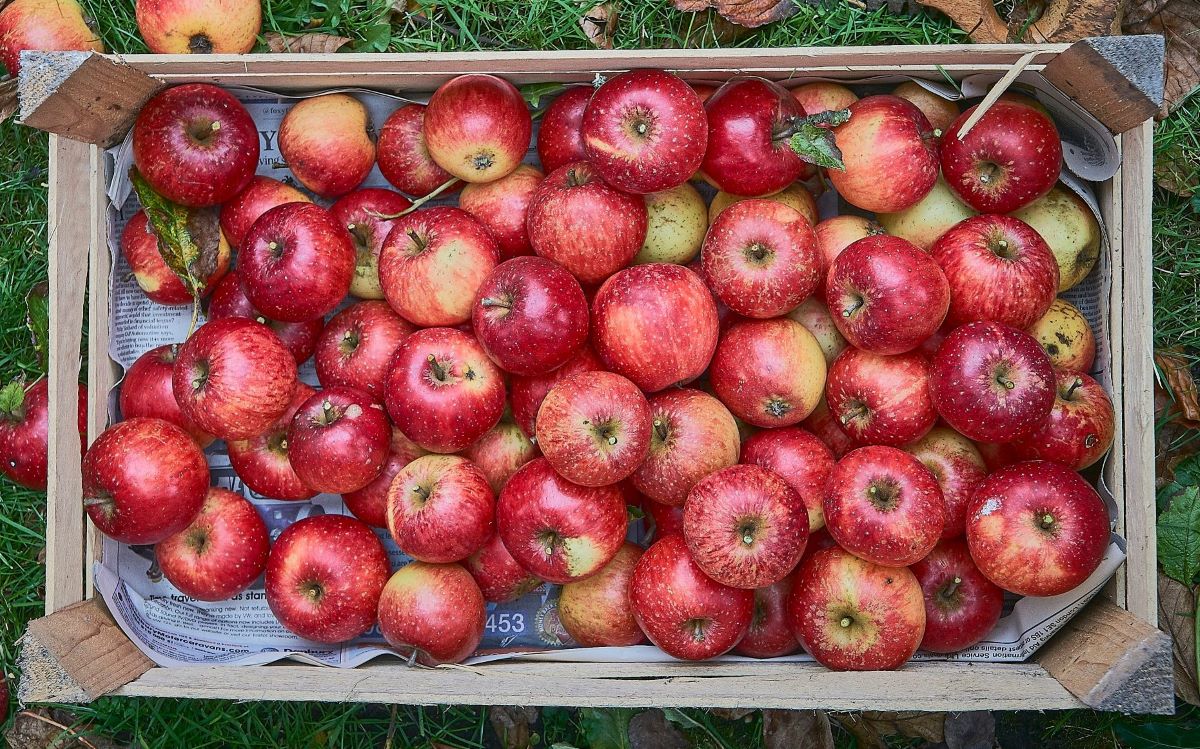
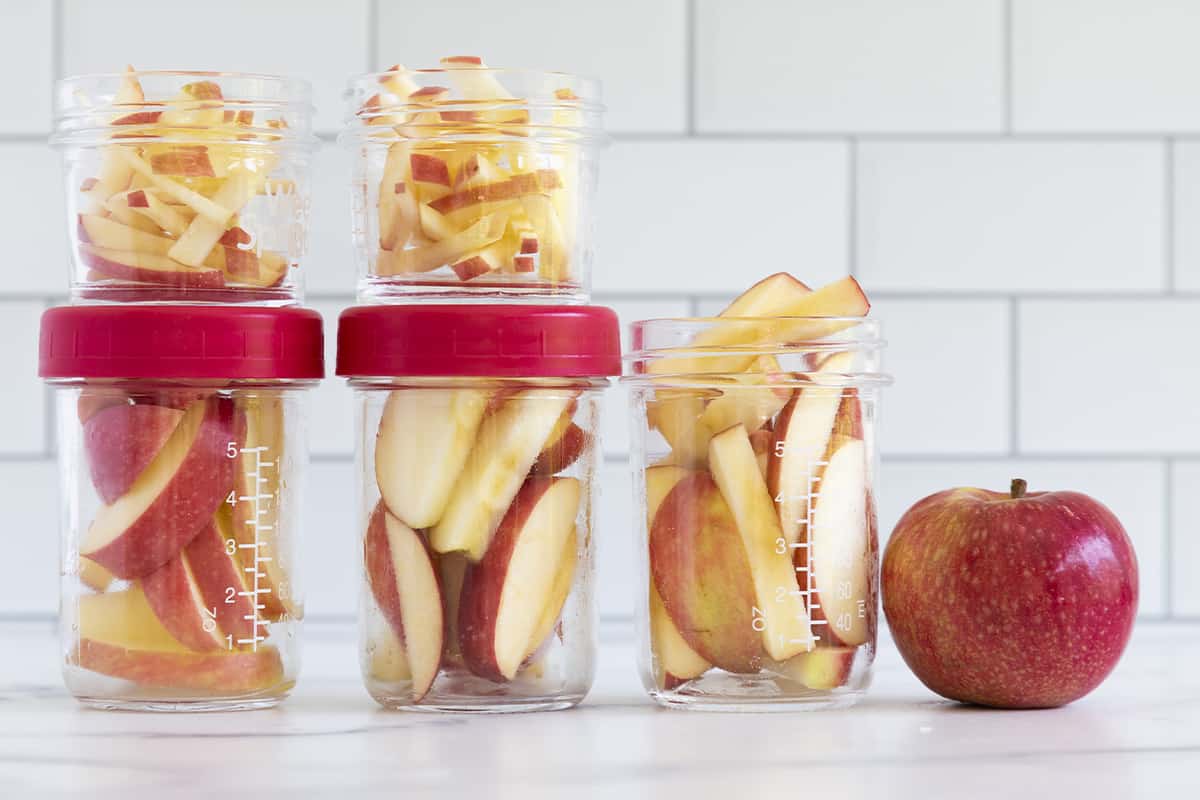

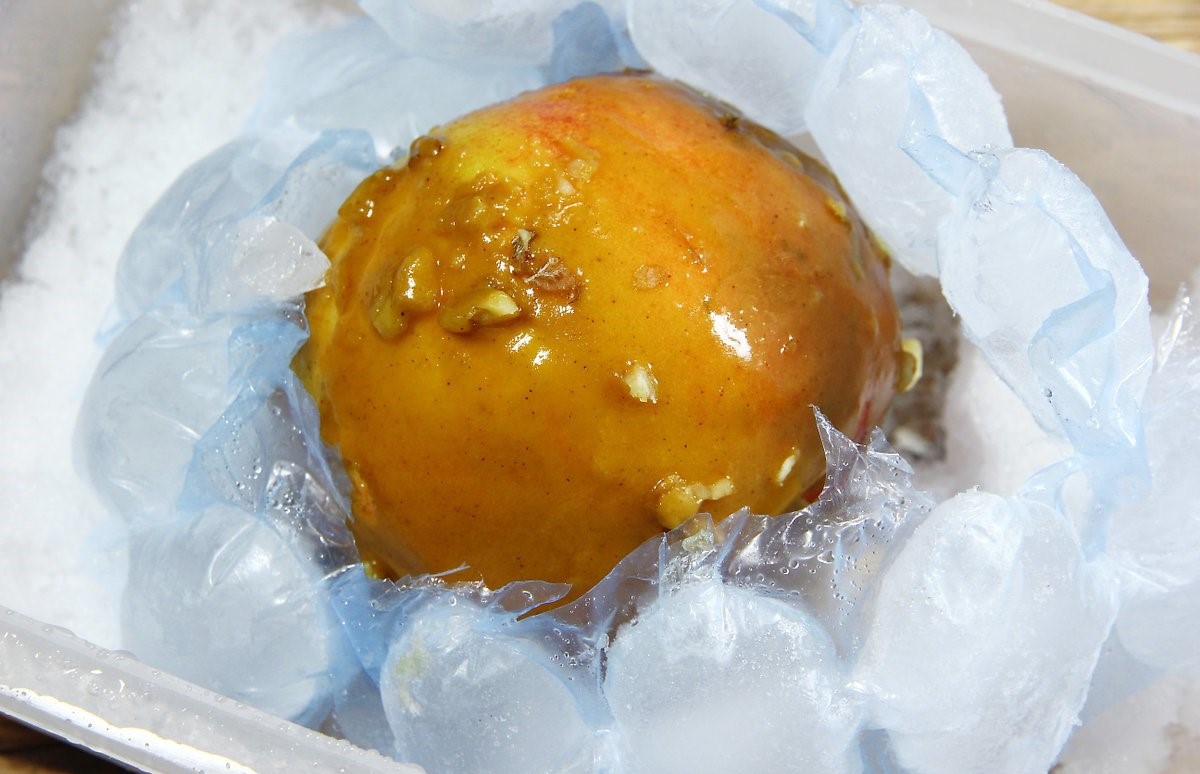
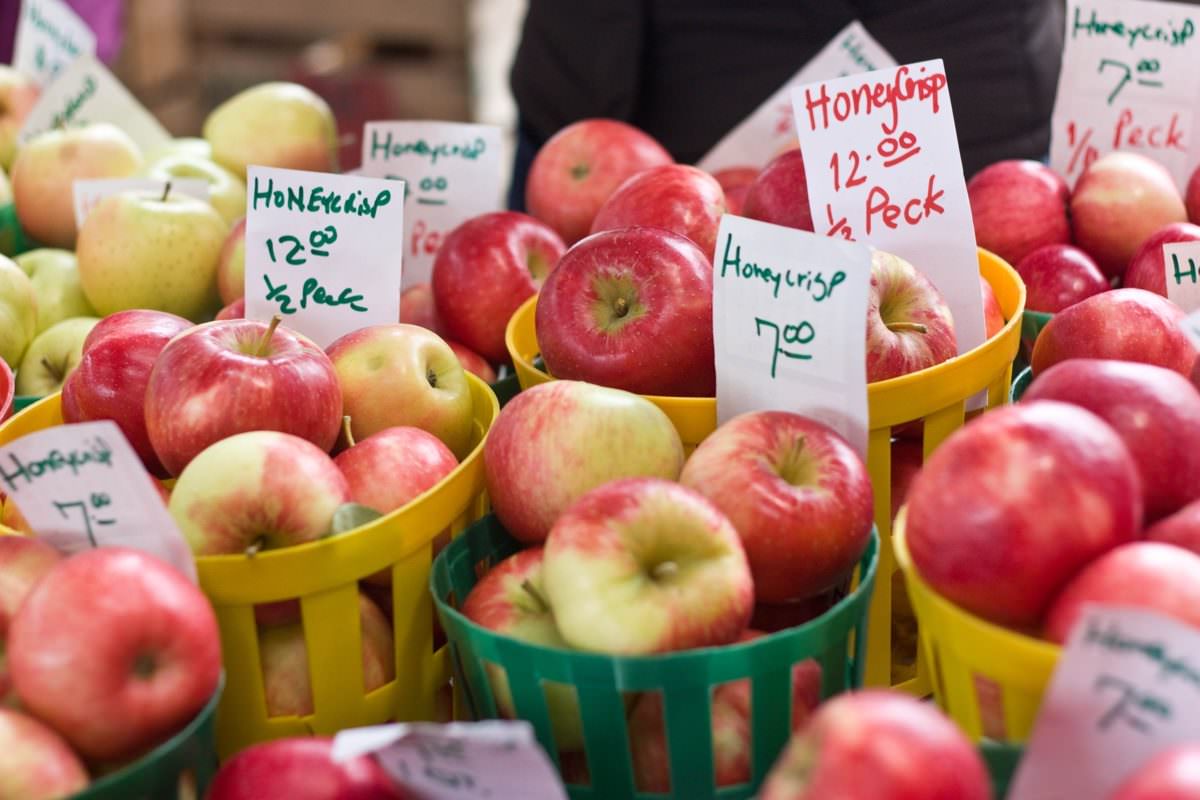
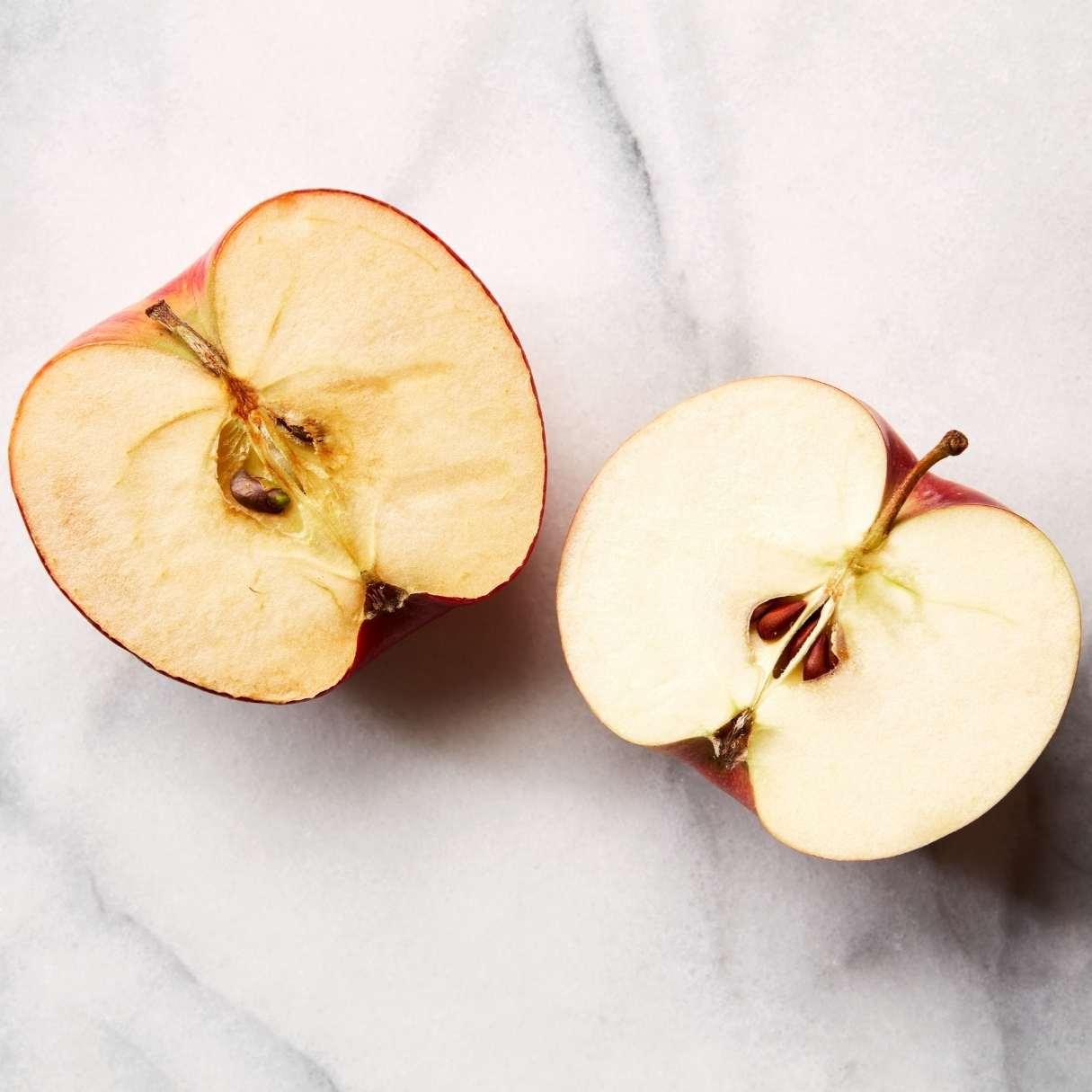

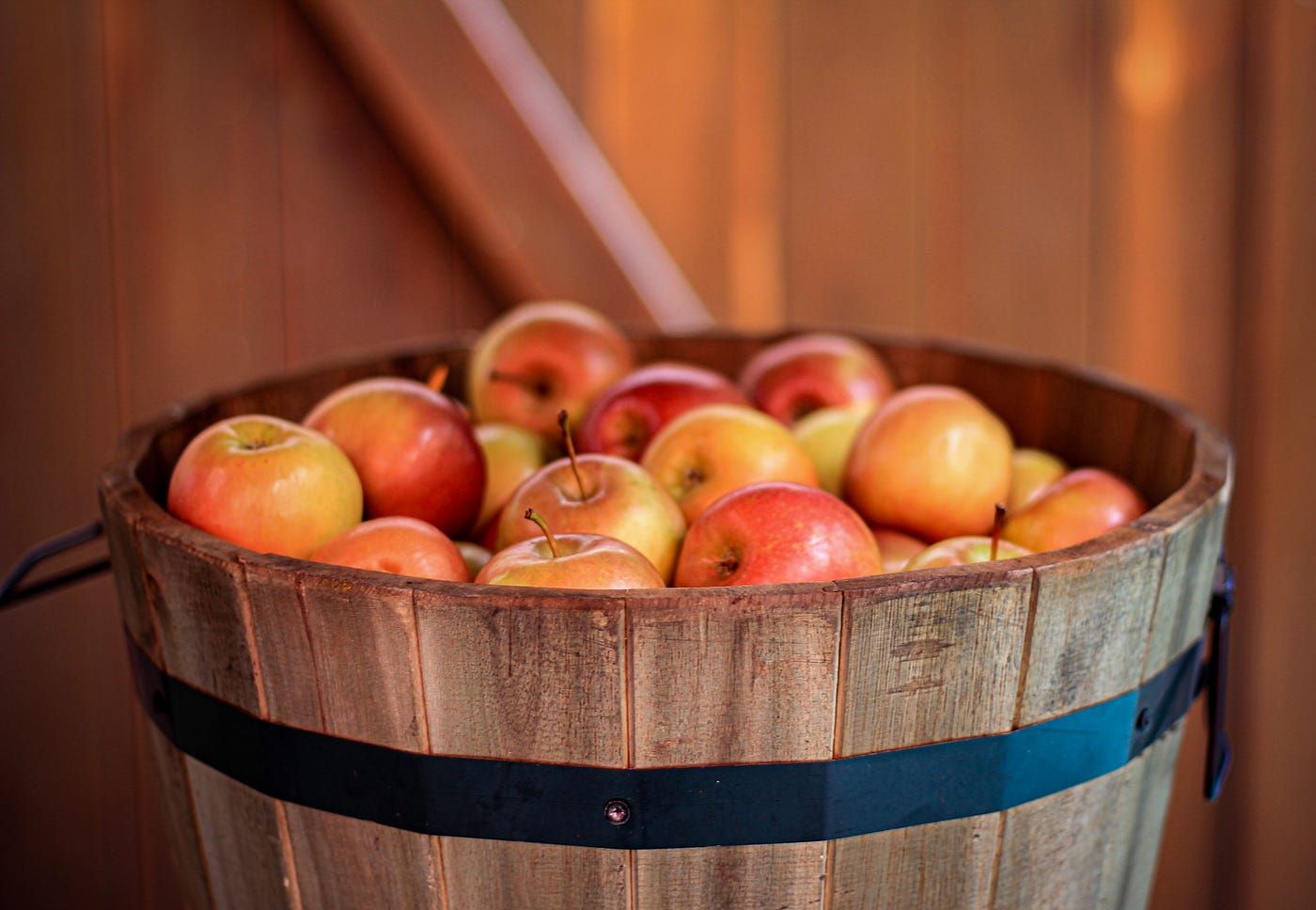
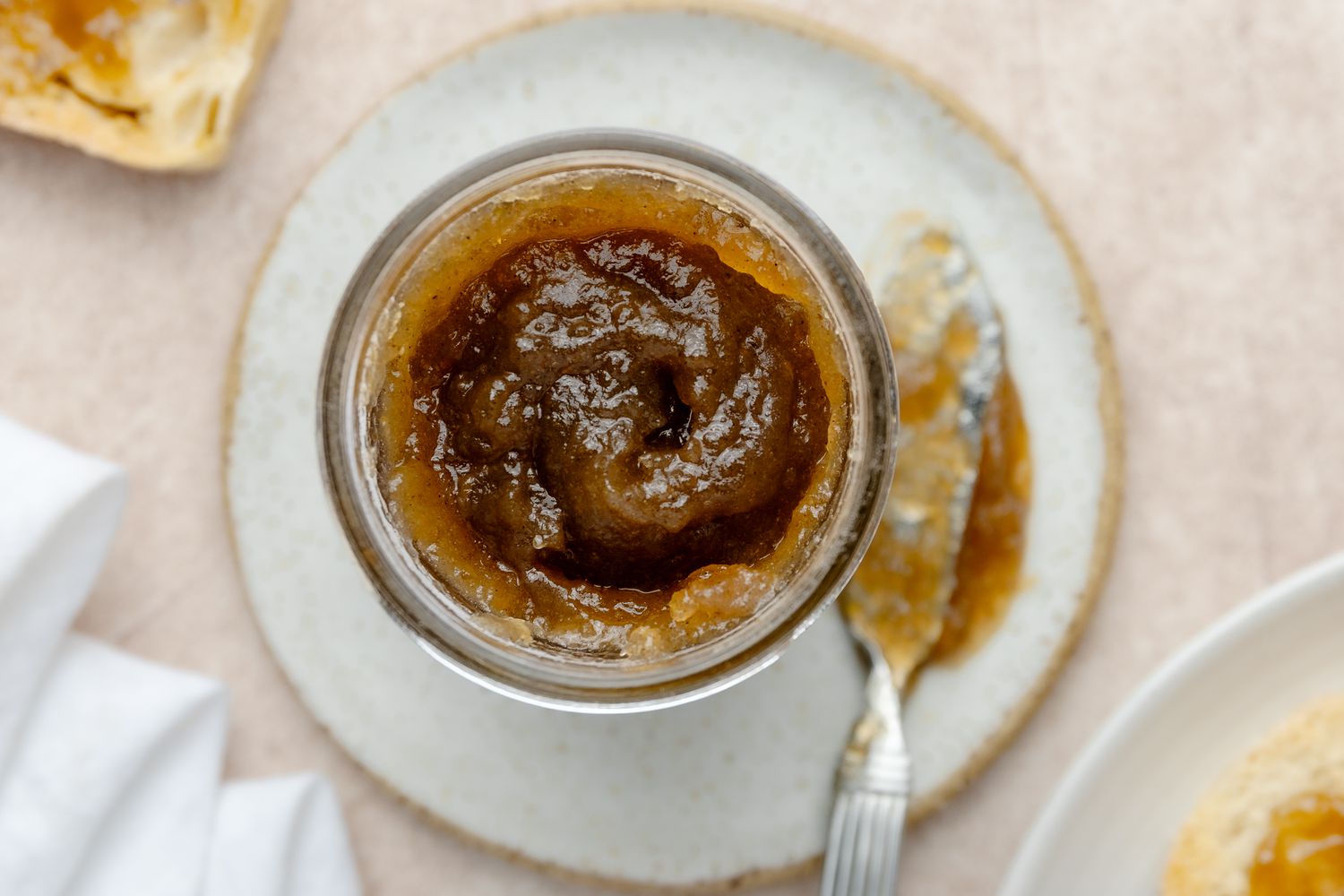
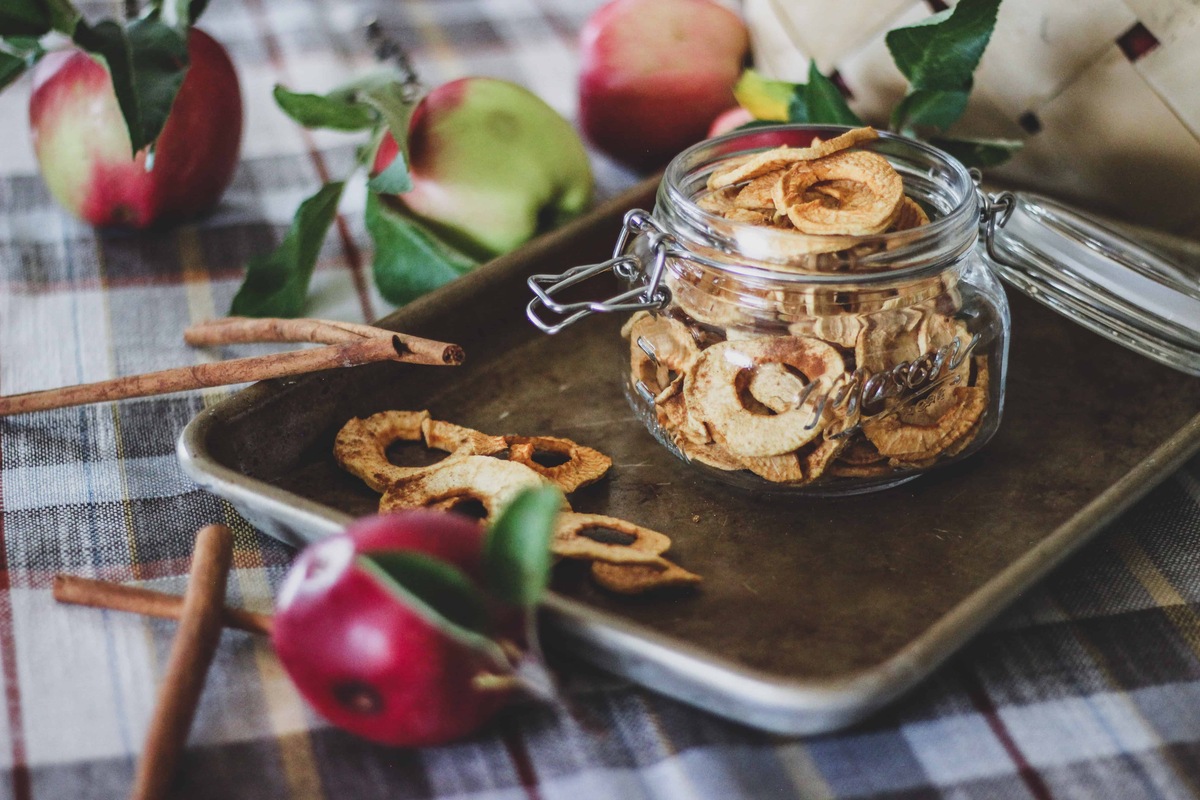
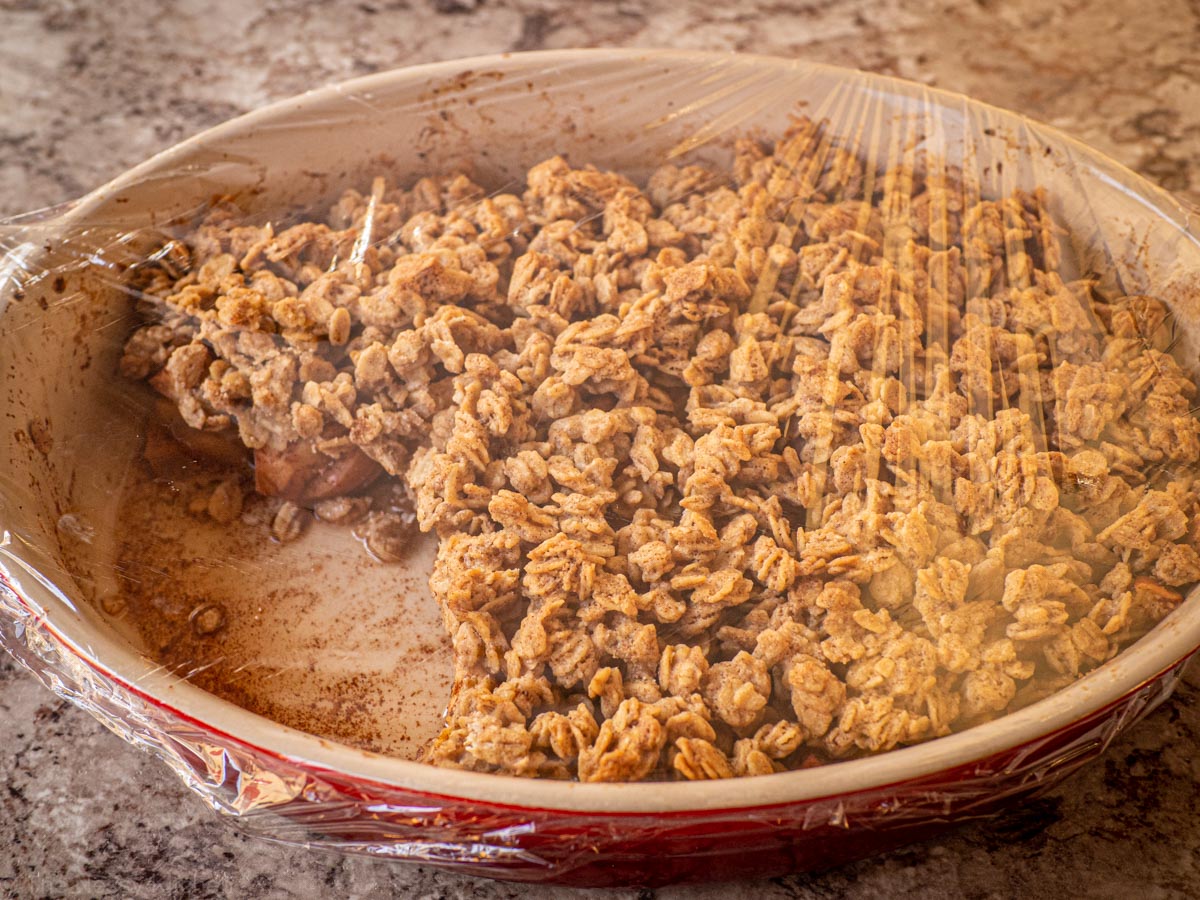
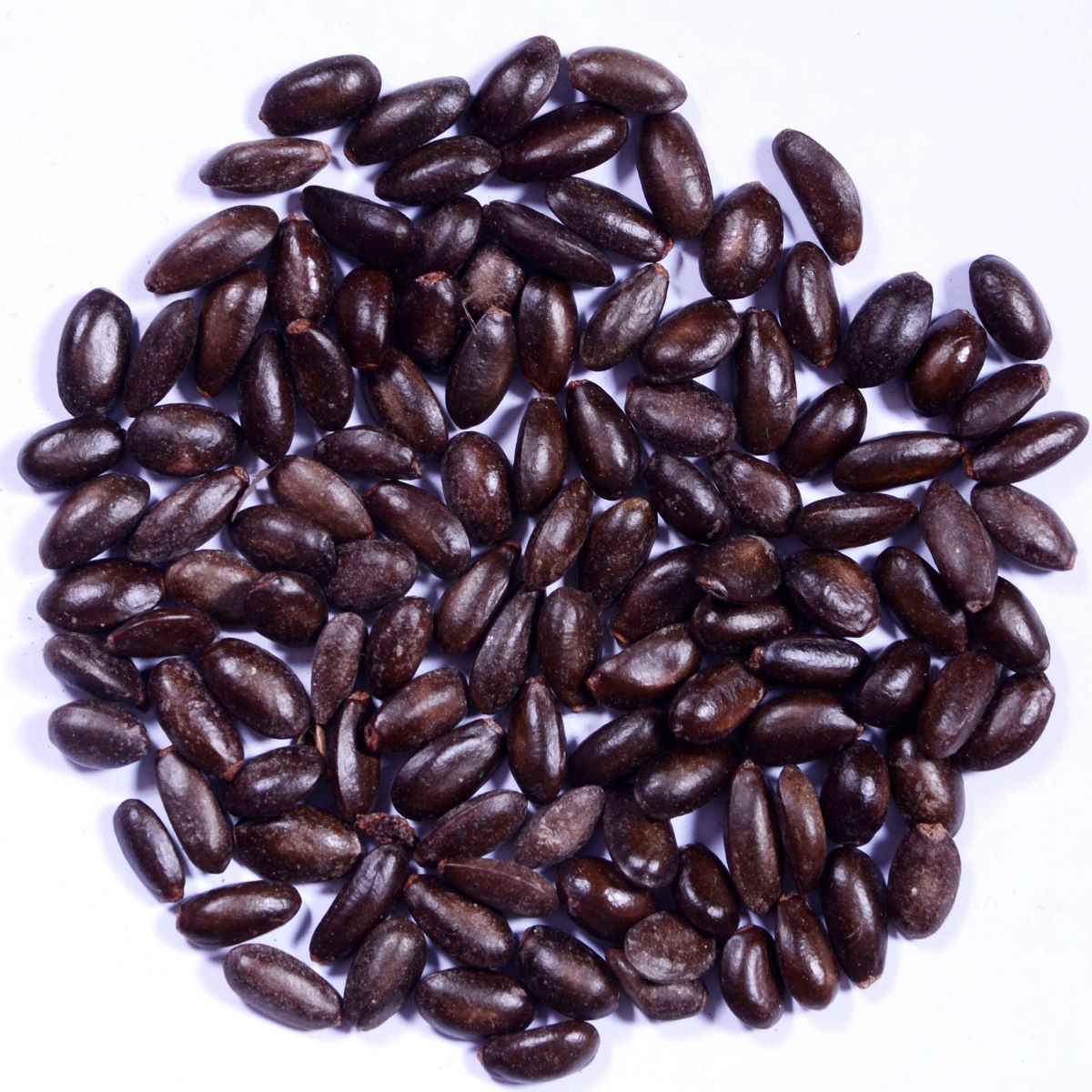
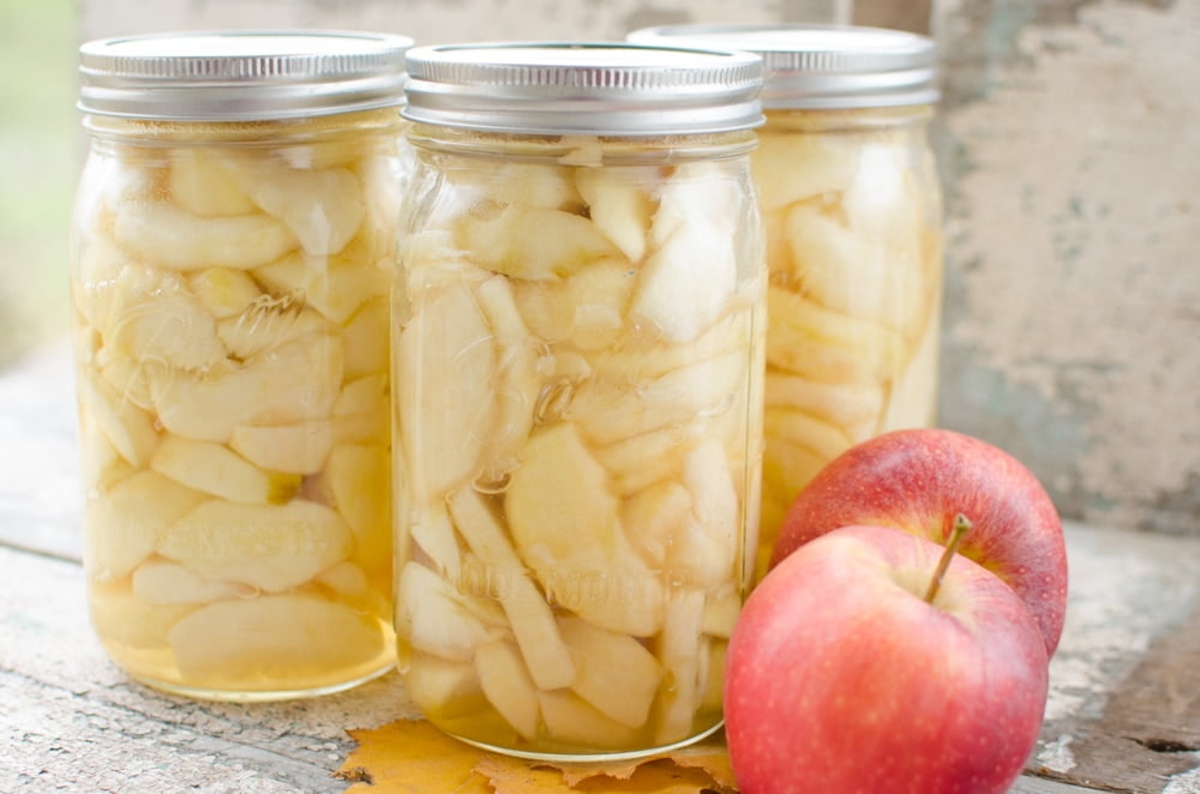
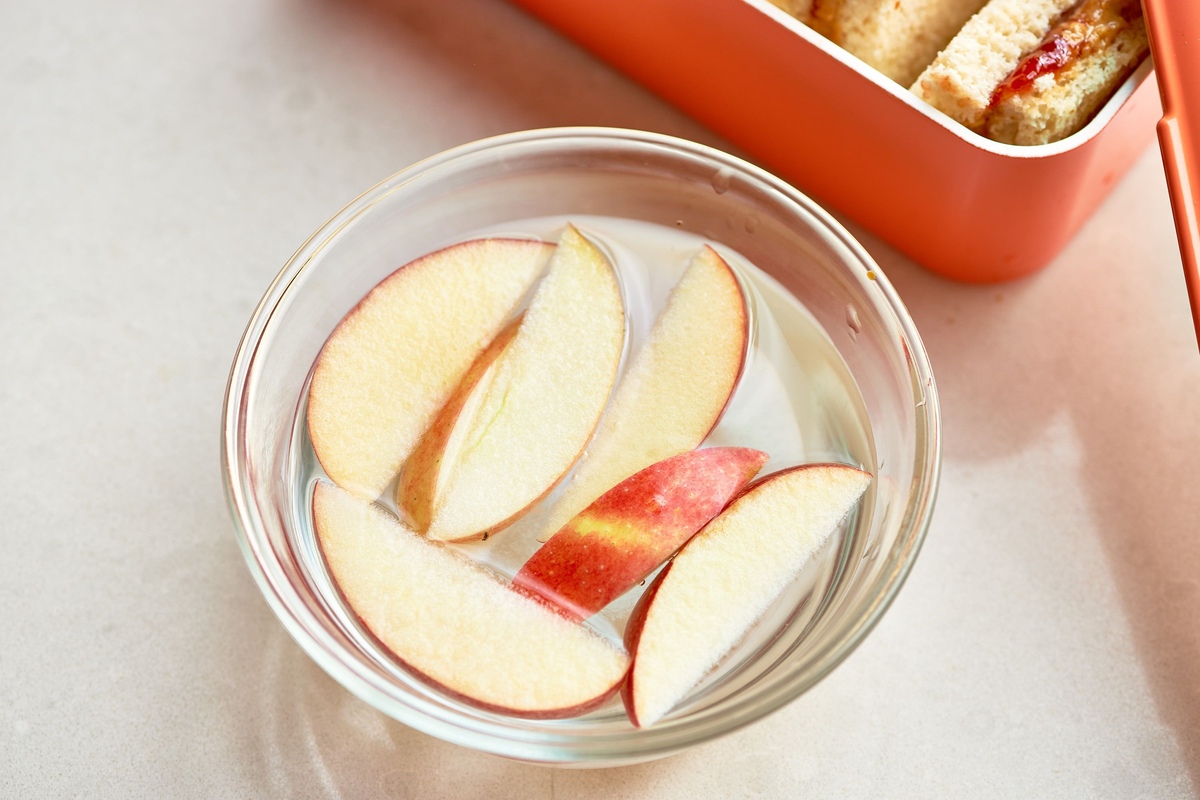

0 thoughts on “How To Store Green Apples”